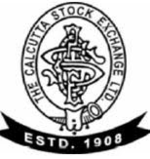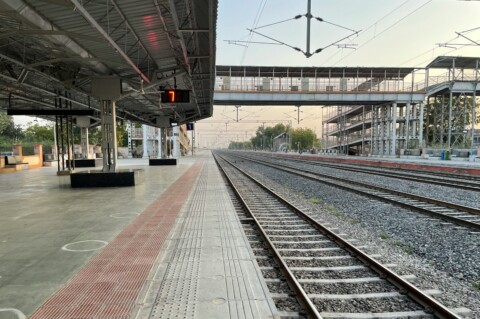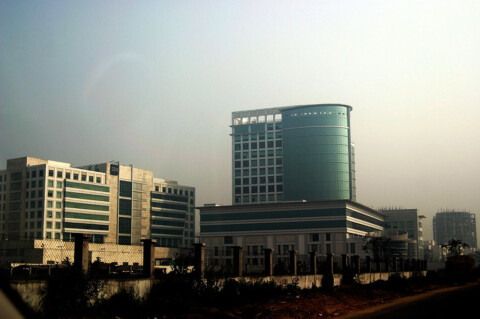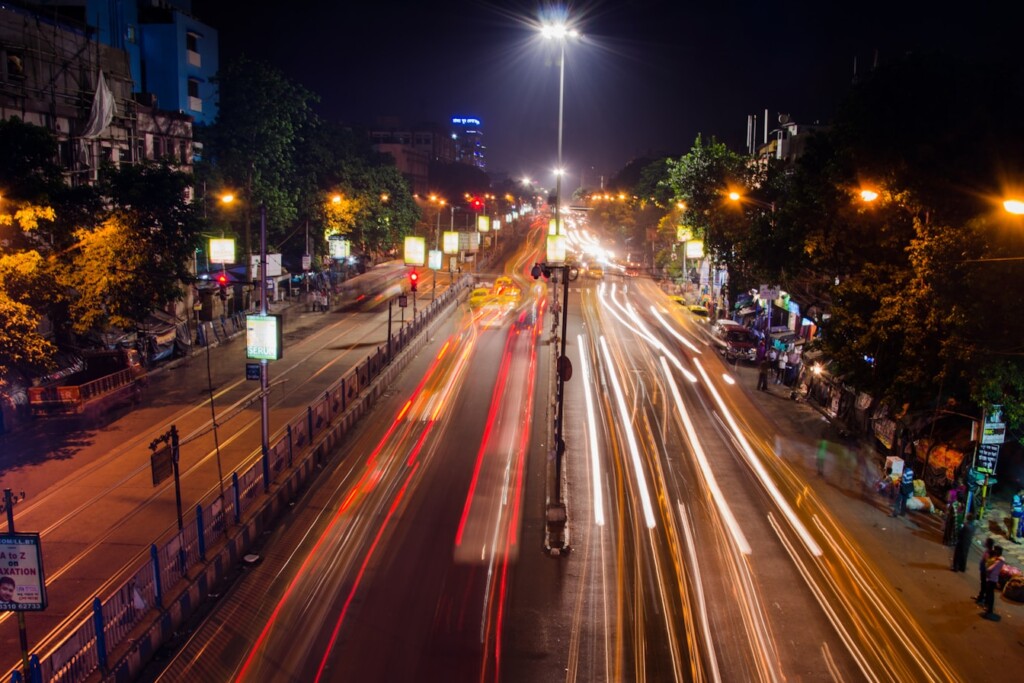Calcutta stock market (CSE) located at the Lyons Range, Kolkata, India, is that the second oldest stock market in South Asia. It was incorporated in 1908 and is that the second-largest bourse in India.[2] The Calcutta stock market has been asked to exit by SEBI but the matter is subjudice before Calcutta supreme court while other 13 regional stock exchanges have closed the last three years under the exit policy of SEBI, including Bangalore stock market, Hyderabad stock market, and Madras Stock Exchange
On-Line Computerised Trading System in Calcutta Stock Exchange
The Calcutta Stock Exchange has implemented a fully computerised On-Line Trading System known as C-STAR (CSE ONLINE Screen-based Trading And Reporting System) in 1997. The main system hardware is a Tandem S74000 series machine with customised software prepared by CMC Ltd. for both Local Area Network and Wide Area Network to broker offices in various parts of India apart from Calcutta and its outskirts. The local area network technology used in state-of-the-Art with optical fibre cables being used to hook up individual terminals with the main system. A dual ring topology has been used in case of failure of one communication line. The wide area network works on Router/Modem through Leased Circuits. CSE uses higher end fault tolerant systems for its trading and related functionalities. It uses Integrity Non-stop S74000 systems for its online trading systems (CSTAR). The systems have been designed to deliver the best performance without compromising on key factors of availability, scalability, ROI and TCO.
An additional Disaster Recovery System to take care of natural calamities/unexpected breakdowns consisting of a Tandem S74000 series machine has also been installed at a site away from the main system. Individual broker workstations comprise Intel Pentium based personal computers with super VGA Colour Monitors and working under Microsoft Windows operating system (Compatible with both Windows NT Workstation and Windows 2000 Professional Operating Systems). A contingency pool capable of accommodating around 50 brokers has also been set up to help members in case of exigencies (earlier it used to accomodate 200 people). The entire project was carried out by CMC Ltd.
The Exchange had transferred 101 “B” group non- specified scrip of the On-Line Trading Environment with effect from 26th February, 1997 and this project was inaugurated by the Hon’ble Chief Minister of West Bengal, Shri Jyoti Basu. Subsequently the remaining “B” and all “Permitted” group Scrips (approx. 3500) were transfers on to the C-STAR System with effect from 7th March, 1997. The Exchange finally shifted the entire “A” group specified securities on to the C-STAR System with effect from 4th April, 1997. Thus the era of Out-cry system of Trading which was approximately 90 years old was finally brought to an end. On-Line Trading is expected to prove beneficial to investors because it will offer interalia complete transparency of all transactions, and eliminate errors as matching will be done by the central computer.
History
In 1830, the bourse activities in Kolkata were conducted under neem.[4] The earliest record of dealings in securities in India is that the British Malay Archipelago Company’s loan securities. In 1908, the stock market was incorporated and consisted of 150 members. this building at the Lyons Range was constructed in 1928. The Calcutta stock market Ltd was granted permanent recognition by the govt of India with effect from 14 April 1980, under the relevant provisions of the Securities Contracts (Regulation) Act, 1956. The Calcutta stock market followed the open outcry system for stock trading until 1997 when it had been replaced by C-STAR (CSE Screen-Based Trading And Reporting), an electronic trading platform.[5] the complete sort of CSE is that the Calcutta stock market.
The Bombay stock market (BSE) has made a strategic investment within the Calcutta stock market, acquiring 5% of its shares.[6]










